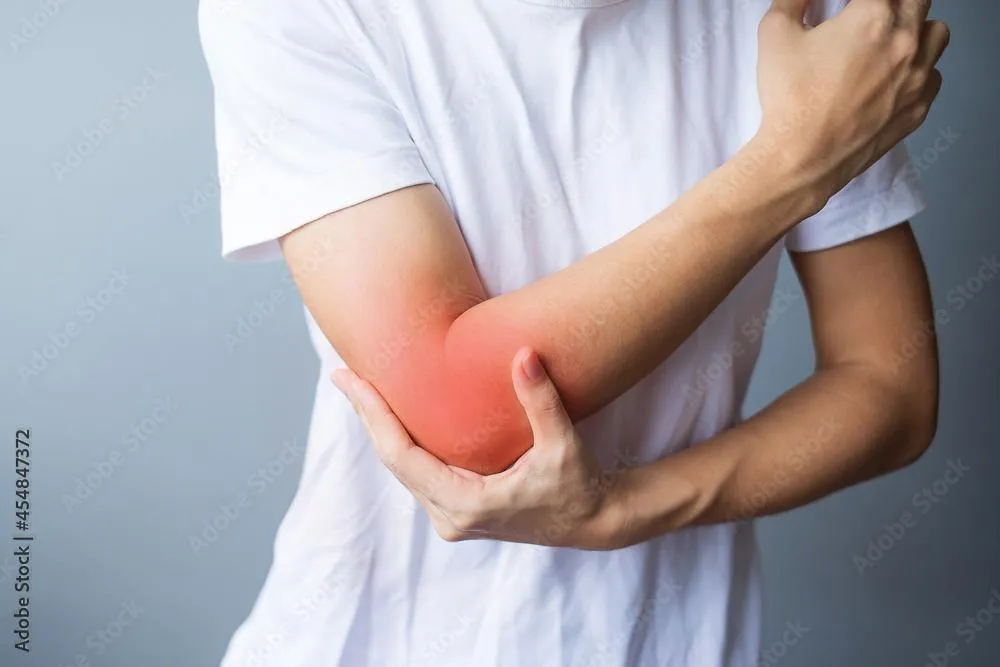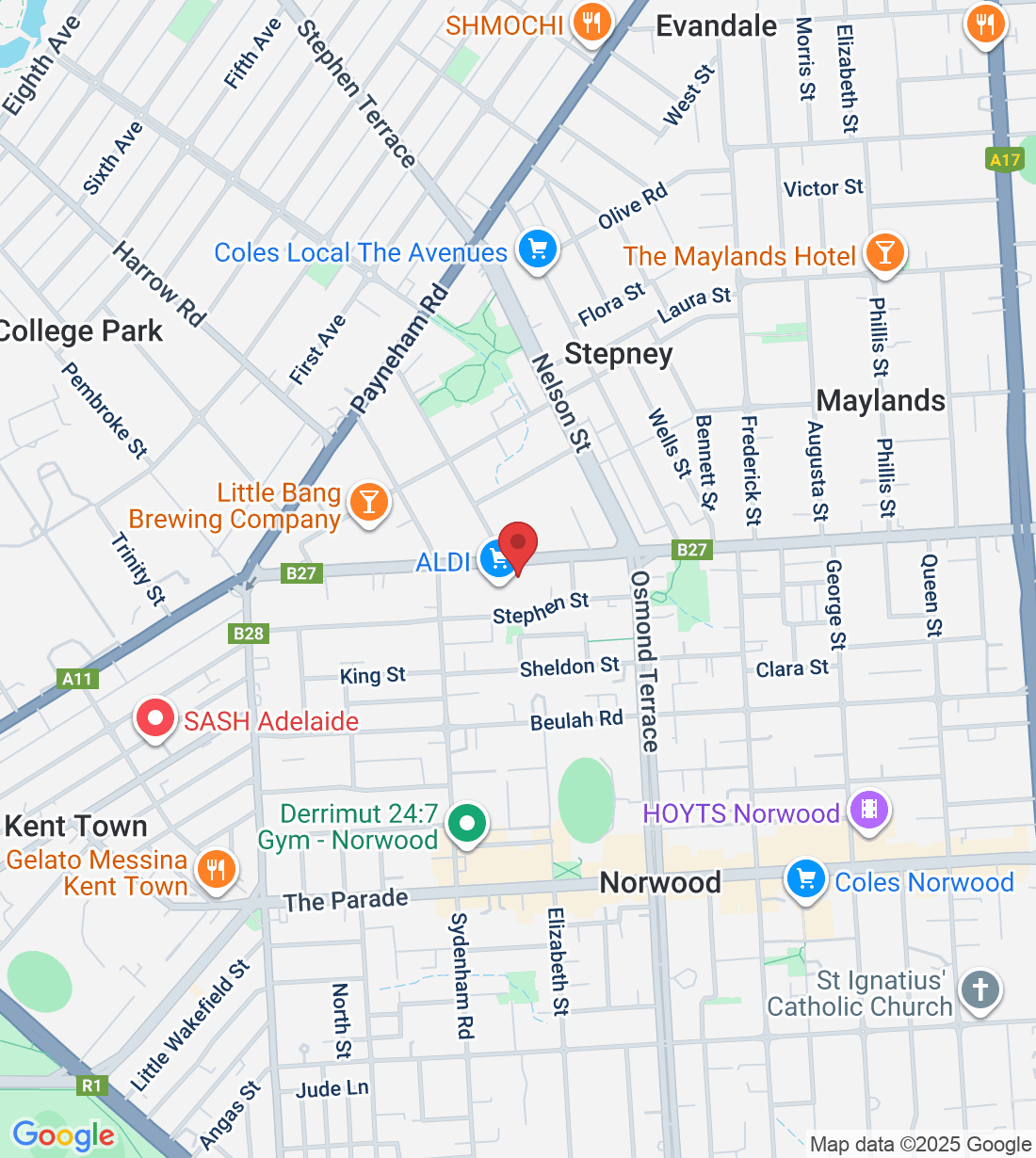
Tennis Elbow: You don't need to be an Olympic athlete to have it.
Tennis elbow, also known medically as lateral epicondylitis, is a condition that causes pain on the outer part of your elbow.
Despite the name, it doesn't just affect tennis players—it can happen to anyone who does repetitive activities with their wrist and arm. In this blog, we'll explain what tennis elbow is, its symptoms, and how to manage it.
What is Tennis Elbow?
Tennis elbow is an injury to the tendon that connects the muscles of your outer forearm to the outside of your elbow. It is usually caused by overusing the muscles in your forearm that straighten your elbow and raise your hand and wrist as well to grip. We'll often see patients present with it at the start of a new exercise program, or after moving house or even after a holiday - from all that luggage!
Symptoms of Tennis Elbow
Pain or a burning sensation on the outer part of your elbow.
A tightness feeling of the muscles on the outside of the forearm.
Slight swelling on the outside of the elbow.
Decreased grip strength.
Pain that worsens with activities like lifting, gripping, or even shaking hands
Physio's usually diagnose tennis elbow based on your symptoms and a physical examination of elbow, wrist and shoulder and neck. Sometimes, they might recommend imaging tests like an MRI or ultrasound to get a closer look, but only where it might change management.
Risk Factors for Tennis Elbow
Tennis elbow can affect anyone, but some factors increase your risk, such as:
Repetitive tasks (like typing, lifting, housework, gardening or painting).
Performing new or novel tasks with the elbow and forearm.
Having inadequate equipment or poor ergonomics at work
Being between 40-60 years old
Being female and perimenopausal.
How Low Oestrogen Affects Tendons
If you're a peri or post menopausal woman, low Oestrogen levels can impact your tendons, making you more prone to conditions like tennis elbow. Oestrogen helps keep tendons strong and healthy by supporting collagen production (a key component of tendons), improving blood flow to tendons, and reducing inflammation.
Managing Tennis Elbow: What Works
Load management Rest: Give your arm a break from activities that make the pain worse. Pushing through the pain will not help it and it will likely make it worse. Adjusting your technique or using ergonomic tools can also help.
Pain Relief: Over-the-counter pain relievers like ibuprofen and using ice can reduce pain and swelling.
Physical Therapy: A physiotherapist can help with exercises and treatments to strengthen your forearm muscles and reduce pain with manual therapy. Physio's can also use taping as well as fit braces that can help tape the strain off the elbow.
Second line Treatments
Corticosteroid Injections: The research does not support the use of steroid injections into a tendon. It is toxic to tendons and causes long term degradation of the structure. Cortisone may provide short term relief.
Platelet-Rich Plasma (PRP) Injections: PRP involves injecting a concentration of your own platelets into the tendon to promote healing. It’s showing promise, but more research is needed.
Conclusion
Tennis elbow can be painful and limiting, but with the right treatment, most people can recover and get back to their normal activities. Physiotherapy plays a key role in treatment, and understanding how low Oestrogen levels affect your tendons is important, especially for peri and post menopausal women. Taping and braces can provide additional support and pain relief during recovery. By working with your Vital Core Physio, you can find the best strategies to manage and overcome tennis elbow.
Ask a question of Vital Core Physiotherapy
Fill in the form to request a Call From Our Team
One of our team will call you for FREE and answer any questions or concerns you may have about your condition
© 2023 Vital Core Physiotherapy





